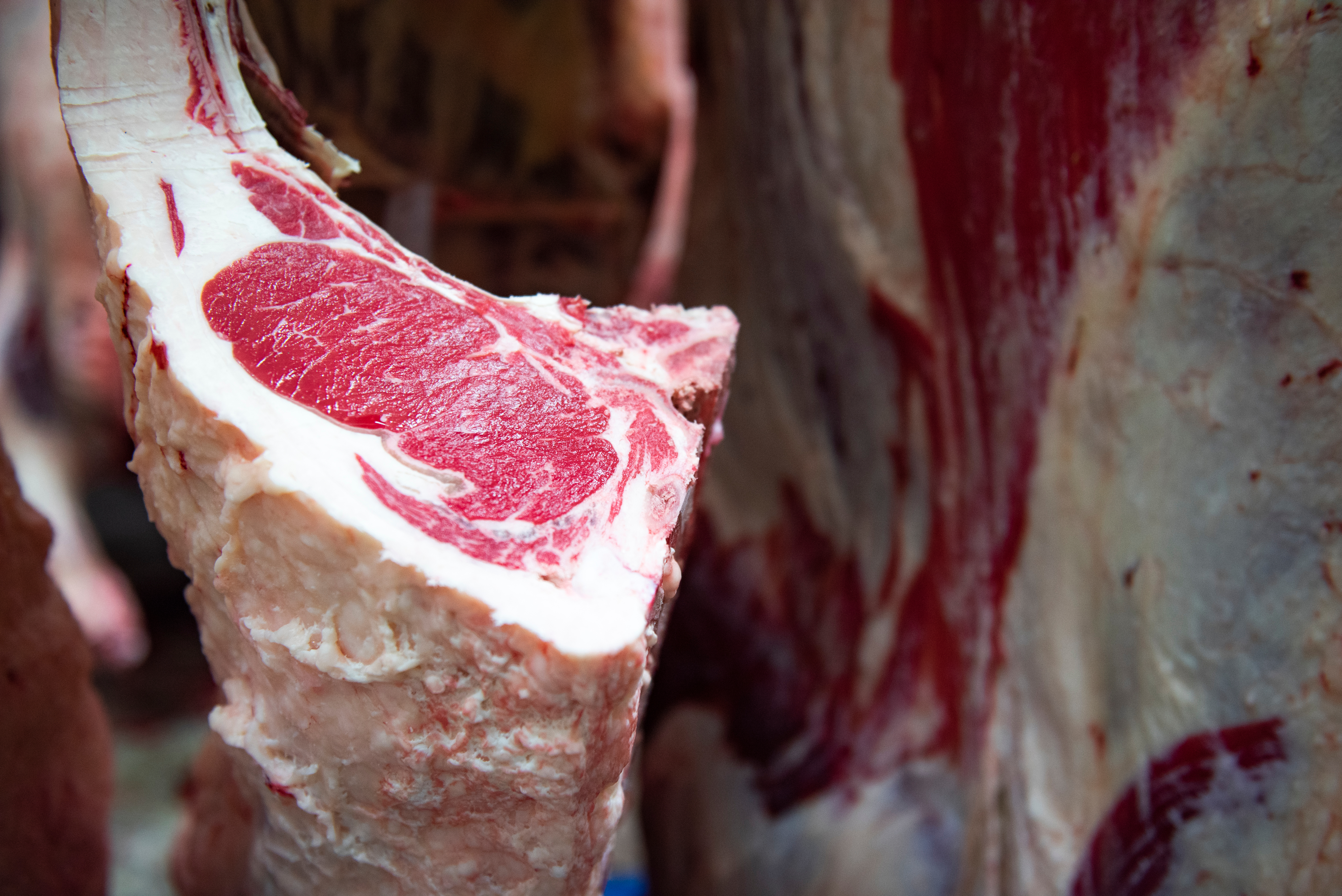Resource for Training Meat Judging Teams: Practice the New Quality Grading Standards
As many meat judging teams begin competing this spring, we wanted to provide coaches with a resource to help explain the new grading standards for beef carcasses, which are not currently covered in the Meat Judging: Quality Grading lesson in iCEV's Agricultural Science subject area. Preview or download the Beef Quality Grading Update slide presentation below. At the end of the post, you will find a guide for adding the new Practice New Quality Grading Standards Judging Playlist on iCEV for students to practice applying the new standards.
What has Changed?
In the past, when grading carcasses, only skeletal and lean maturity were used to determine overall carcass maturity. Now, the new grading standards utilize dentition to help determine the physiological age of an animal. The incorporation of dentition into the grade standards is a result of some cattle having premature skeletal ossification in their vertebrae, which upon evaluation would deem them older than 30 months of age, thus making them ineligible for certain USDA quality grades. Dentition is a more precise method which avoids the potential errors in maturity classification caused by premature skeletal ossification. Determining an animal’s age based on dentition ensures cattle less than 30 months of age are included in the youngest maturity group (A maturity). For animals found to be greater than 30 months of age, skeletal and lean maturity are still utilized to determine the overall maturity of the carcass.
In a contest, to show a carcass is from an animal greater than 30 months of age, the carcass should have its spinal column painted blue and/or be marked with a greater than 30 months of age tag on the rail for students to evaluate. If a carcass has this marking and/or a greater than 30 months of age tag, it should be evaluated by balancing both the skeletal and lean maturity to determine the overall maturity. If a carcass is deemed less than 30 months of age by dentition (no blue paint or greater than 30 months of age tag present) and has a skeletal maturity less than D0, the carcass is considered A maturity. If a carcass is deemed less than 30 months of age by dentition (no blue paint or greater than 30 months of age tag present) and has a skeletal maturity greater than D0, the carcass should be evaluated by balancing the skeletal and lean maturities and is only eligible for USDA Commercial and Utility Quality grades.
Practice New Quality Grading Standards Judging Playlist
We have compiled new resources to help students and teachers learn and practice the new grading standards. With your iCEV subscription, you can add the “Practice New Quality Grading Standards” Judging Playlist to your My Courses page. This playlist contains 10 practice carcasses and officials which incorporate the new grading standards. Learn how to add this playlist below.
New Meat Evaluation Series
We are in the process of updating our Beef Quality Grading video in the new Meat Evaluation series which will be uploaded throughout the spring semester. Preview the series below.
Stay up-to-date on what we’re working on and be part of the conversation we’re having about future content by following us on social media and subscribing to our blog.
